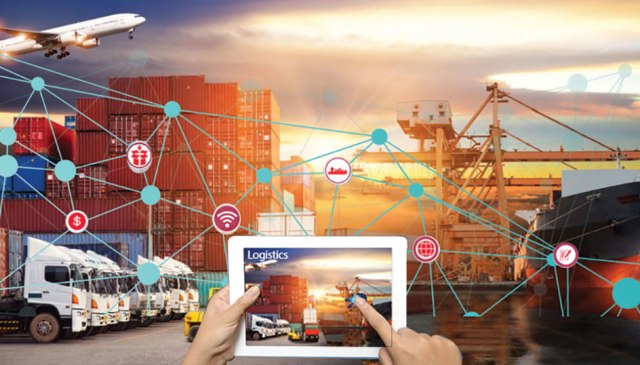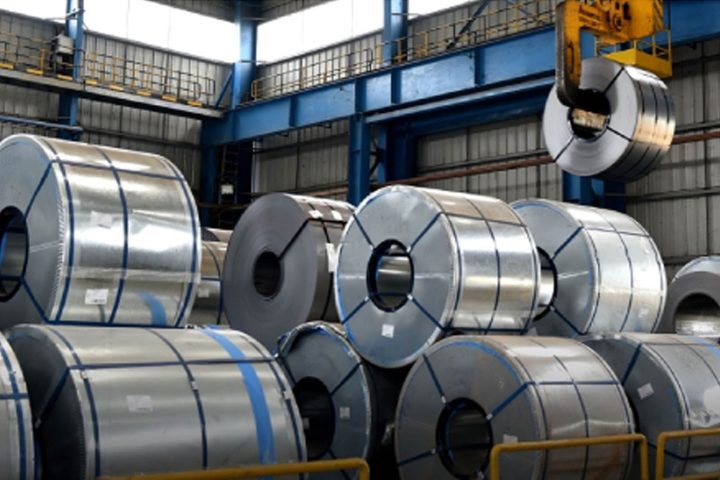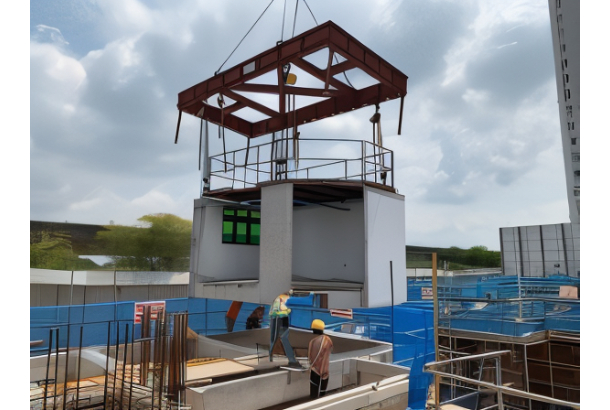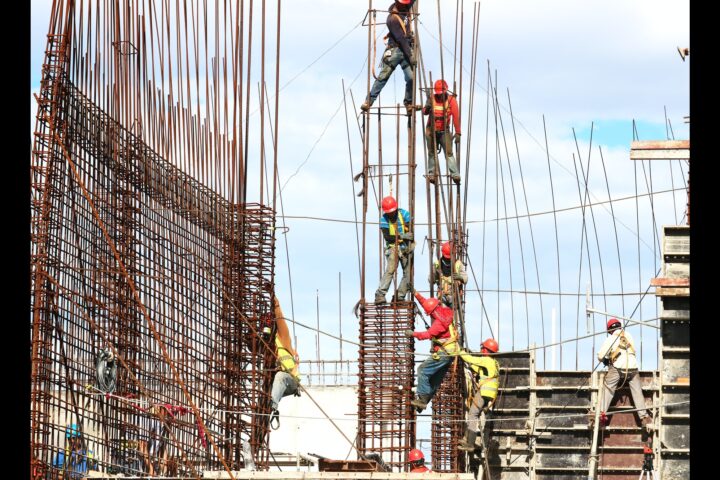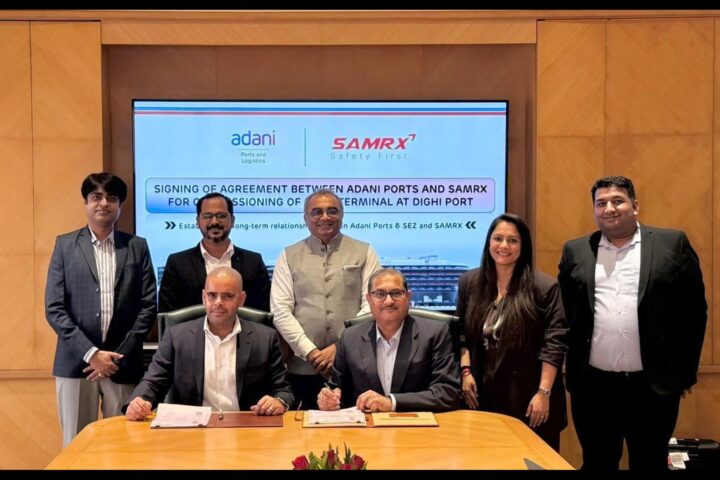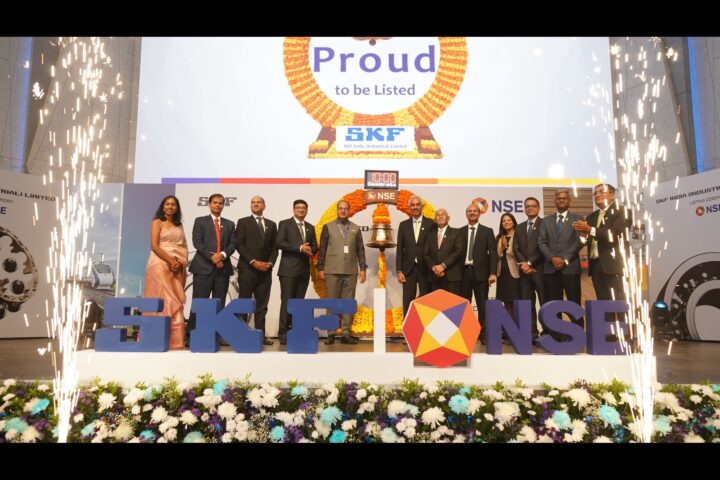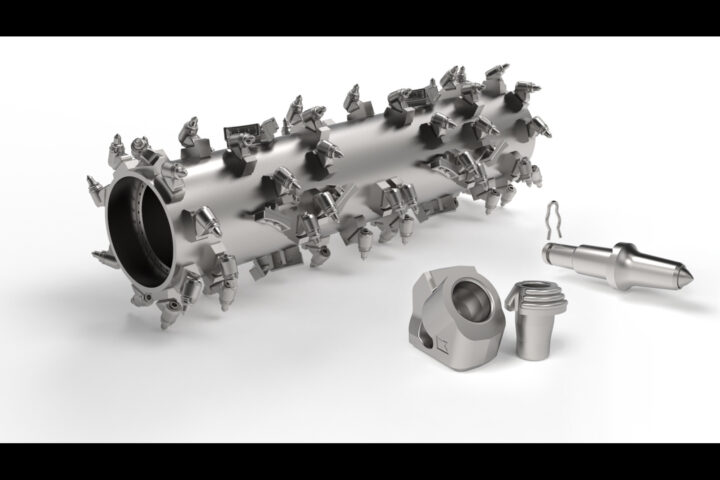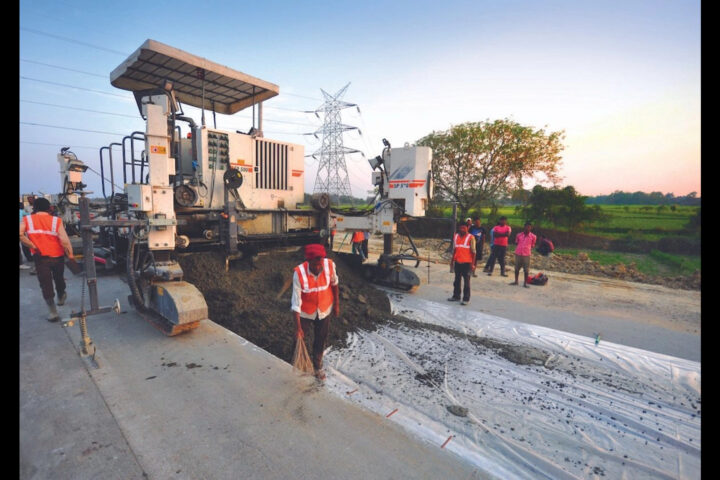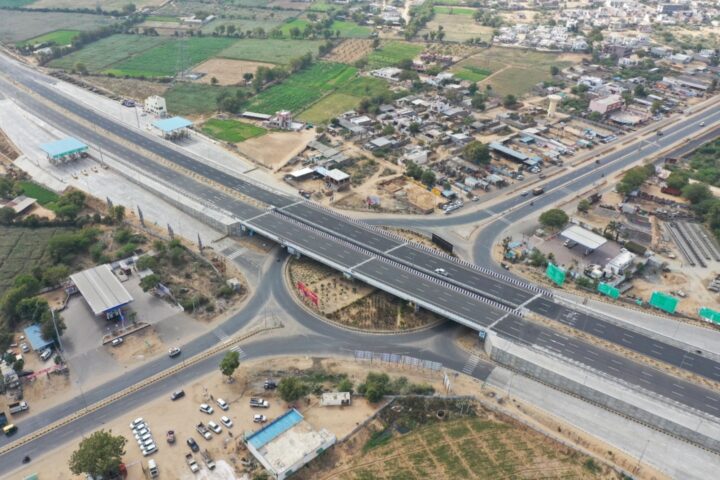- With plenty of foreign as well as domestic investors the industry outlook remains positive
- Tier II & III cities will soon see setting up of FTWZs
A new dawn of opportunities has arrived for the logistics industry in India. The current government is strongly focusing on boosting the infrastructure of the country, and in line with this vision, the logistics industry has been granted an ‘infrastructure status’. This has directed both domestic and foreign investors towards Free Trade Warehousing Zones (FTWZs), and they are expected to multiply in the time to come, thus boosting trade. In the backdrop of a rapid infrastructural development alongwith significant initiatives like ‘Make in India’ and Smart Cities creation, Tier II & III cities will witness a promising potential for logistics and ancillary services, including FTWZs in all probability. The Indian logistics industry is evolving from traditional unorganized players to full-fledged logistics service providers offering complete supply chain services, thus making the current scenario potent for increasing trade.
FTWZs are a special category of Special Economic Zones, offering multifarious services including integrated solutions, such as packing management, re-invoicing, sorting, strapping and kitting, inspection, speedy delivery of cargo, one-stop for customs clearance capability, assembly of complete and semi-knocked down kits and taxation benefits. Typically, FTWZs provide employment opportunities to approximately 15,000 to 30,000 people. As per the existing policies, FTWZs come with a host of benefits.These include duty deferment benefits & faster customs clearances, packaging, allowance of re-packaging and re-exports allowed and also, customised warehousing, break bulk, containerised and dry cargo storage. These benefits can be availed by importers, exporters and re-exporters.
The last few years have witnessed some significant changes that are propelling this sector forward. These include growth in industrialization and trade, increased containerization & standardization. Other factors like increased focus on PPP projects and entry of multiple foreign logistics players coupled with PE investments have also had a long-term impact. As per informed sources, it is estimated that Grade A and B warehousing stock will grow at a CAGR of 21 per cent year-on-year taking the total tally of warehouse space in India to 297 million sq ft by the end of 2021, which is double the current warehousing stock of 139.8 million square feet in 2017.”
In its latest report, the World Bank has projected India’s GDP growth at 7.3 percent for the next financial year and accelerates further to 7.5 percent in 2019-20. This, alongwith the ingress of foreign players and multinational companies, entry of multiple small & medium size logistics service providershave upped the ante for higher services levels in logistic operations.
Over the years, several changes in India have catalyzed the growth of the logistics industry in India (with a concomitant impact on FTWZs) leading to a positive sentiment among investors and the government. For instance, the gradual maturity of the logistics industry led to global 3PL firms making inroads in India. In the present scenario, DHL, Kuehne Nagel DB Schenker, Linfox Logistics, etc, are some of the prominent international 3/4PL companies present in India. This has enhanced the overall quality of the developments and introduction of the global best practices. Consequently, there is an increasing Investment inflow into the warehousing segment is positively impacting the quality of space provided and setting benchmarks on users expectations.
This growth trajectory has been further boosted by social changes that have impacted the big picture. The burgeoning middle class, for example, coupled with increasing propensity to spend has led to retail boom which in turn has enhanced the demand for warehouses. Industry experts opine that a robust growth in E-Commerce industry will lead to surge in warehousing segment shifting importance of Tier-2/ Tier-3 cities in terms of increased retail consumption & hence logistics activities.
The logistics industry functions on four primary parameters—segmented functions, integrated service, customer focus and serving as a differentiator. Its main function is to facilitate distribution of goods through transportation and storage and shift from physical distribution as the main focus of logistics to an entire system of activities working with and relying on one another. Logistics function not only to minimize cost but also to maximize profits and start looking at logistics as a way to satisfy the customer and also as a vital means of differentiation for the firm and viewed as a critical component in the strategy of the firm.
Competitive pressure to enhance service quality, consolidation among service providers, enhanced service outsourcing, participation in supply chain planning activities and enhanced operational efficiencies through optimization are the major drivers of growth of the logistics industry in India. Given these factors, experts point out that FTWZs are critical to India’s future roadmap.While there have been a series of developments in this sector, the way supply chains are executed will change over the next decade. Also, a lot depends on what the duty structure is going to be.
On the imports, exports and re-exports scale there are big positives for FTWZs. To begin with, reduced buffer stocks, lowered product costs, foreign exchange transaction capability make them an attractive option. Besides this, there’s flexibility towards end distribution in India and duty deferment benefits and quality control capability prior to duty-payment. On issue of export benefits, products from India entering the FTWZ are treated as deemed export providing immediate benefits to the suppliers and other benefits include increased efficiency through lowered reverse logistics through quality control before dispatch from India. The other benefits include increasing supply chain efficiencies (forward &reverse) while enhancing capital cash flow.
For re-exports, there’s 100% FDI for setting up the units, besides exemption from custom and import duty onproducts imported into FTWZ meant forre-export out of the country. Other advantages include Income tax rebate on profit earned throughexport transaction, and Goods and Service tax exemption on allactivities conducted inside the FTWZincluding rental and labor.
Going ahead, there are several key growth drivers of FTWZs that have to be taken into consideration. FTWZs do have a huge potential to boost the import-export trade in India. A modernized and efficient supply chain not only improves the ease of doing business, but it also cuts down the costs of manufacturing. It is also a catalyst in ensuring that urban and rural consumption growth is definitely better owing to a better access to the market.
There is no doubt that FTWZs certainly carry big potential for import-export trade, in terms of revenues and volumes. Eventually, value addition and last-mile customization will be the concepts that drive the growth in the FTWZ segment in the future and pave the way ahead.
By Indranil Dasgupta, CEO, Attivo Economic Zone
@EPC World Media


